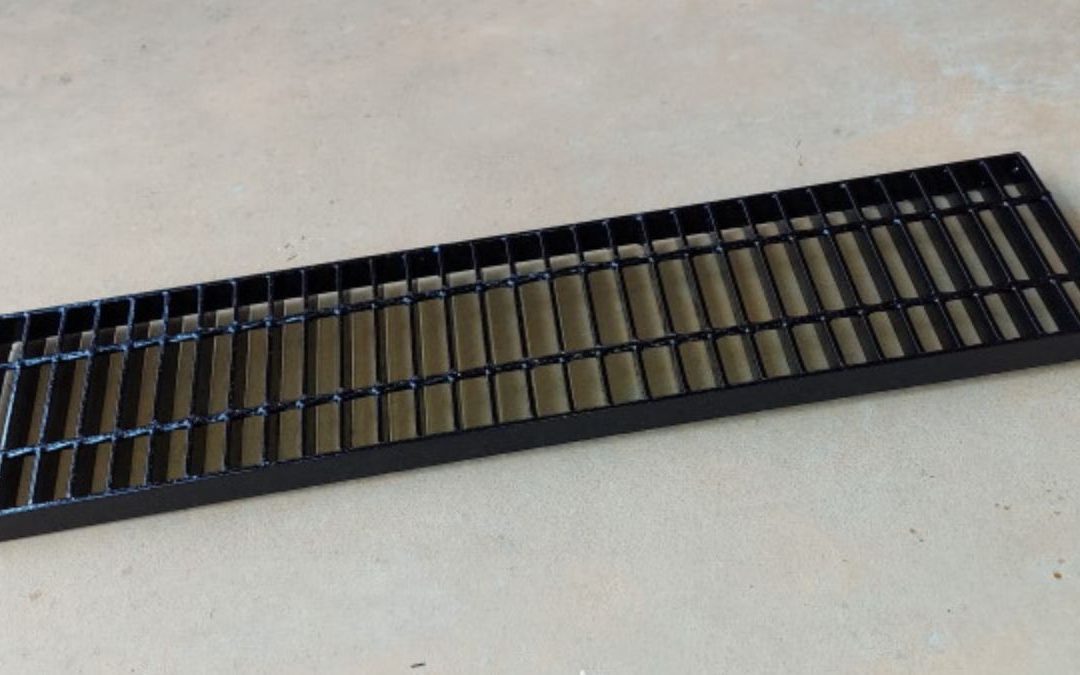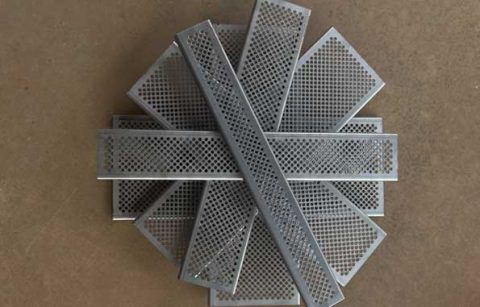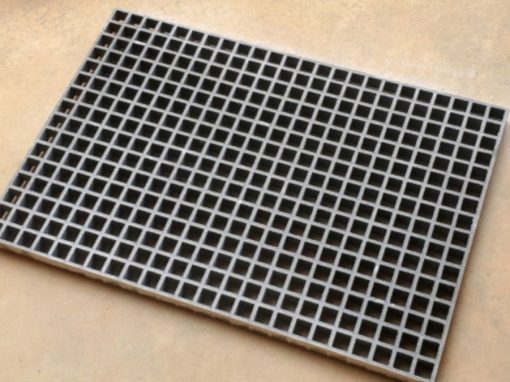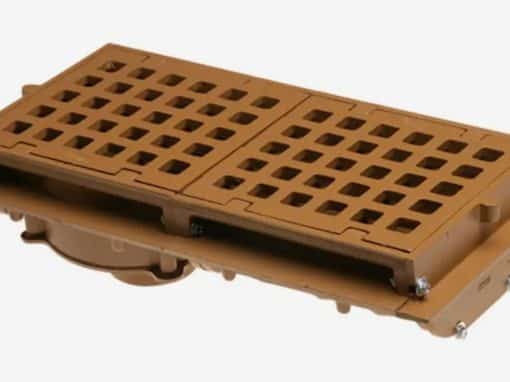Drainage is an essential part of any construction project. Water drainage is also important for public streets, homes, pools, and anywhere else where a high volume of water can accumulate.
That being said, there are several things to consider when choosing the trench drain systems. Selecting the right material will allow you to safely evacuate water buildup while maintaining the right aesthetics for the location.
So let’s take a look at different materials you can use for trench grates:
1. Plastic
Plastic is a relatively low cost trench drain grate material. As a common material used for trench grates, it also happens to be lightweight and fairly straightforward to install.
Common applications for plastic trench drain grates:
You will frequently see plastic trench drains surrounding pools or installed indoors.
Plastic tends to fade but does not corrode or splinter. Keep in mind that plastic is typically strong enough for basic loads such as a person walking over it as they exit a pool.
The entire drain system from the channel to the grate can be made of plastic. Sometimes plastic drainage systems are prefabricated for a plug-and-play installation.
One of the potential downsides of plastic is its lack of thermal resistance. Mostly hot or cold temperatures can cause the plastic to either warp or crack.
Furthermore plastic has a lower life cycle than other more durable materials.
2. Galvanized Steel Grates
Galvanized steel is often used for industrial and municipal applications. These grates are about as strong as it gets.
They’re incredibly durable against changing weather. They can be galvanized with zinc oxide to reduce corrosion and degradation.
In addition you can apply deicing chemicals to prevent ice from forming on the grate. This increases safety from passers-by.
Bars, restaurants, processing plants, and other heavy-duty environments rely on galvanized steel grates to stand up to caustic chemicals and large volumes of water.
3. Cast Iron / Ductile Grates
Ductile transgrades come at a medium cost, but they provide excellent durability. This material can be used in pool complexes, seawalls, office buildings, and more.
The look goes well with surrounding brick or stone. Cast iron offers excellent vibration damping as well, which is important if there is nearby traffic.
Furthermore, it does not deform under intense loads.
4. Fiberglass
Fiberglass can be relatively expensive.
However, it has versatile uses. Fiberglass is known for its aesthetics and providing a great finish to interior or exterior designs.
While fiberglass looks great and is lightweight, it comes with a lower durability and strength than metal.
5. Stainless Steel
Stainless steel is one of the most popular materials to use for a trench drain grate. While it has a higher initial investment, it stands up to the elements over time.
It can be used in virtually any situation where you need to have a strong, beautiful looking channel drain cover. Because of the nature of stainless steel, it is immune to showing signs of rust or corrosion.
Therefore, it can stand up well to saltwater environments.
Choose the Best Trench Grate Material
There are a lot of factors to consider when deciding which of the above materials to use for your trench grain system. Your best bet is to consult with the experts.
Reach out to The Trench Grate Store today and get expert insights into the materials that can serve your water drainage needs at the highest level.




